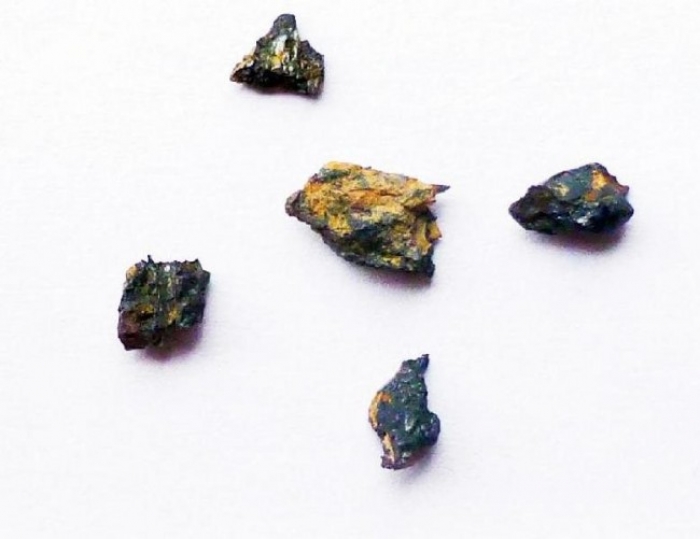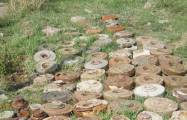The Hypatia stone was picked up from the Libyan Desert Glass Field and named after the ancient astronomer Hypatia of Alexandria.
Earlier analyses of the stone revealed that it contains micromineral compounds that are not found anywhere on our planet or any known meteorite. The compounds are not even found elsewhere in the Solar System.
Now, findings of a new study, which was published in Geochimica et Cosmochimica Acta, found that the alien rock also lacks silicate minerals, which make it more unique from other known materials in the Solar System. The stone also contains minerals that appear to predate the Sun.
Other findings were also peculiar. Researchers discovered that the pebble has aluminum in its pure metallic form, which rarely, it if ever occurs, in the Solar System. They also discovered silicon carbide, or moissanite and silver iodine phosphide in unexpected forms, as well as a compound that is mainly composed of nickel and phosphorus but with no iron, a bizarre mineral composition never before seen on Earth and in other alien materials.
Its features suggest that the Hypatia is composed of unchanged materials that could be older than the Sun albeit it is believed to have formed after the Solar System's formation.
How The Solar System Formed
The Solar System is believed to have formed from an enormous cloud of interstellar dust. The initial part of this process could be compared to coagulating dust bunnies. Scientists also thinks that the interstellar dust, or solar nebula, is homogenous. Hypatia's chemistry, however, challenges these ideas.
Jan Kramers, from the University of Johannesburg, cited the lack of silicate minerals in Hypatia's matrix. In contrast, silicates are dominant in chondritic meteorites, some of the oldest and most primitive materials in the Solar System, and planets like Mars, Venus, and Earth.
The findings challenge the models of planetary formation that posit materials were evenly scattered throughout the protoplanetary disc. Kramers said that if the stone did not predate the Sun, its features suggest that the solar nebula was not homogenous, questioning the generally accepted idea of how the Solar System formed.
"A lack of silicate matter sets the stone apart from interplanetary dust particles and known cometary material. This, along with the dual intermingled matrices internal to it, could indicate a high degree of heterogeneity in the early solar nebula," the researchers wrote in their study.
More about: #Egypt
















































